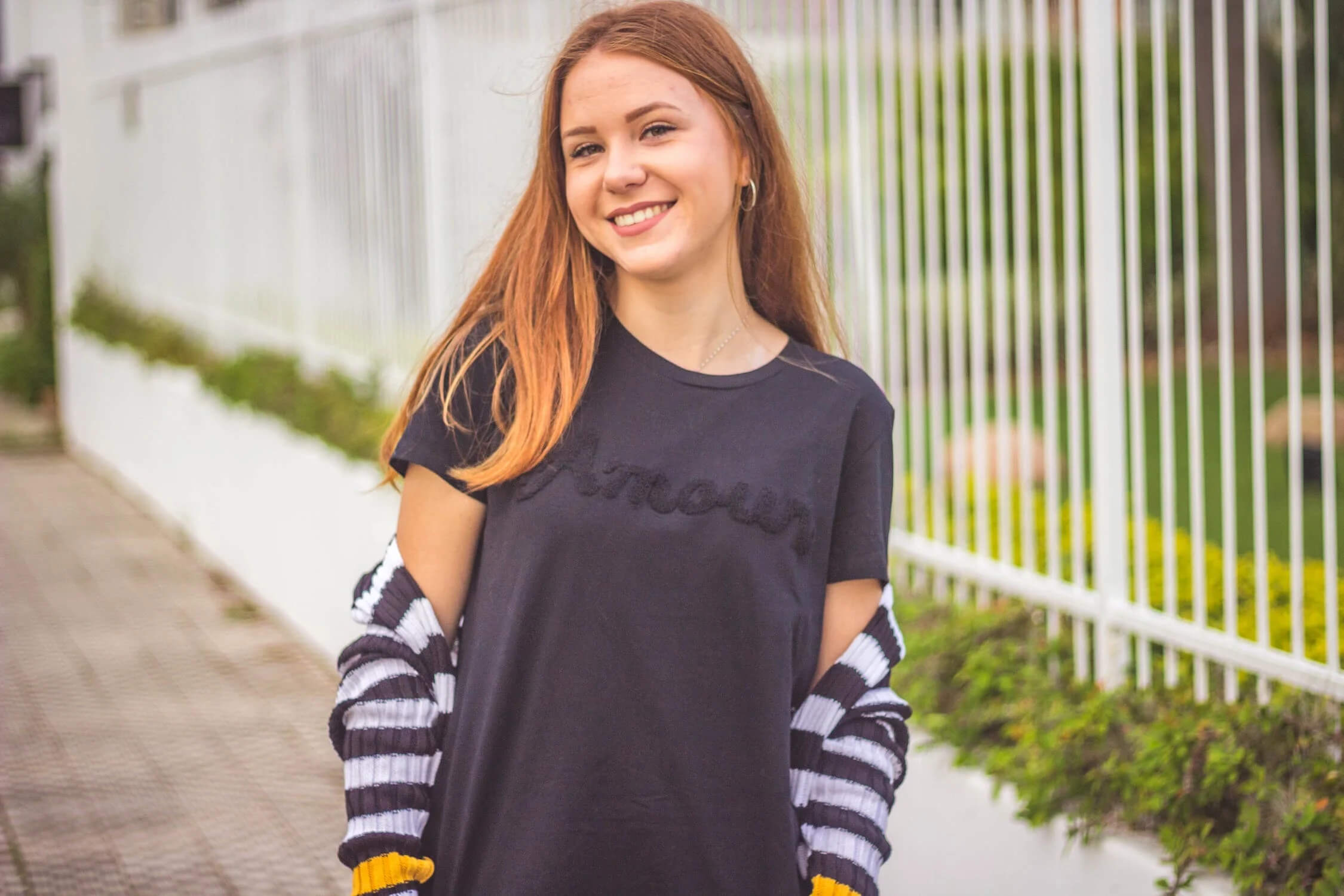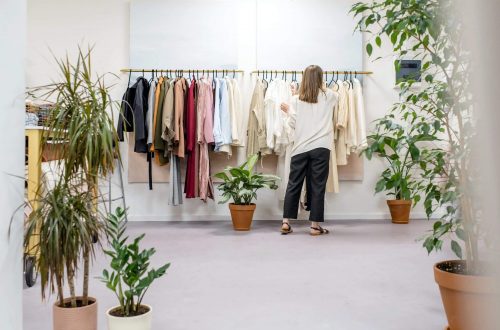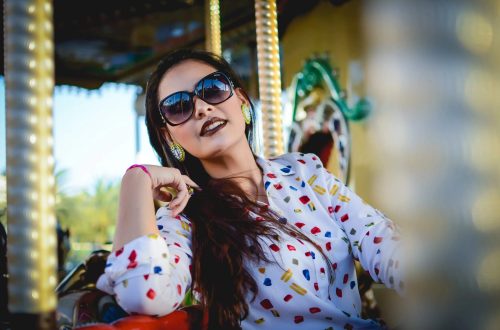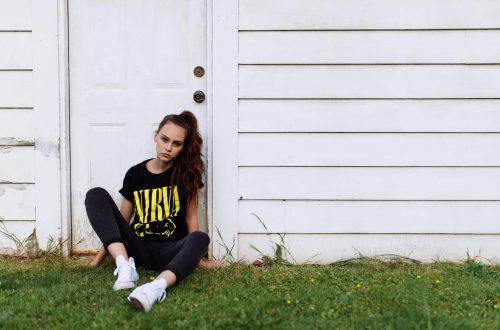How to Mix and Match Patterns and Colors for Maximum Style Impact
When it comes to fashion, there’s a lot of emphases placed on patterns and colors. They can make or break an outfit, and with the vast array of options available, it’s easy to get overwhelmed. However, mixing and matching patterns and colors doesn’t have to be intimidating. In fact, done right, it can result in a look that is both stylish and impactful. Here are some tips to help you achieve that.

1. Know the Basics of Color Theory
- Colors can be divided into two categories: warm and cool.
- Warm colors include red, orange, and yellow, while cool colors include blue, green, and purple.
- Neutral colors include black, white, gray, and brown.
- When choosing colors to mix and match, it’s important to consider their undertones.
- Complementary colors are those that are opposite on the color wheel and create a strong contrast when paired together.
- Analogous colors are those that are next to each other on the color wheel and create a harmonious look.
2. Start with a Base Color
- When starting with a new outfit, choose a base color that you like and feel comfortable wearing.
- The base color can be neutral, cool color, or warm color, depending on your preference.
- Once you have your base color, you can start adding patterns and colors to it.
3. Choose Patterns That Complement Your Base Color
- Patterns come in all shapes and sizes, from stripes and polka dots to florals and paisleys.
- When choosing patterns to mix and match, think about the color palette of the pattern and how it will complement your base color.
- For example, if your base color is blue, you could choose a pattern that features blue and green, which are analogous colors.
4. Consider the Scale of the Patterns
- The scale of a pattern refers to its size, and it’s important to consider this when choosing patterns to mix and match.
- For example, a small polka dot pattern might look cute with a larger floral pattern, but a large geometric pattern might overpower a smaller floral pattern.
- To balance patterns of different scales, you can start with a larger pattern and add a smaller pattern, or vice versa.
5. Experiment with Different Combinations
- Don’t be afraid to experiment with different combinations of patterns and colors.
- Try pairing stripes with florals, or polka dots with geometric patterns.
- The key is to have fun and try new things.
6. Add Neutral Colors
- Neutral colors can help to balance and ground a look that features multiple patterns and colors.
- For example, you could wear a brightly colored shirt with neutral pants, or vice versa.
7. Accessorize with Confidence
- Accessories are a great way to add patterns and colors to an outfit.
- Consider adding a colorful scarf, a statement necklace, or a bold handbag to add some extra pizazz to your look.
8. Pay Attention to the Occasion
- When mixing and matching patterns and colors, it’s important to consider the occasion.
- For example, a bright and bold look might be appropriate for a casual outing, but might not be the best choice for a formal event.
In conclusion, mixing and matching patterns and colors is all about having fun and experimenting. By following the tips outlined above, you can create a look that is both stylish and impactful. Don’t be afraid to try new things, and remember that the most important thing is to feel confident and comfortable in what you wear. The key is to find a balance between patterns and colors that complement each other and to pay attention to the scale and undertones of each color. With a little bit of creativity and experimentation, you can create an outfit that truly reflects your personal style and makes a statement. So go ahead, try something new, and have fun with your fashion choices!
Subscribe to Newsletter





